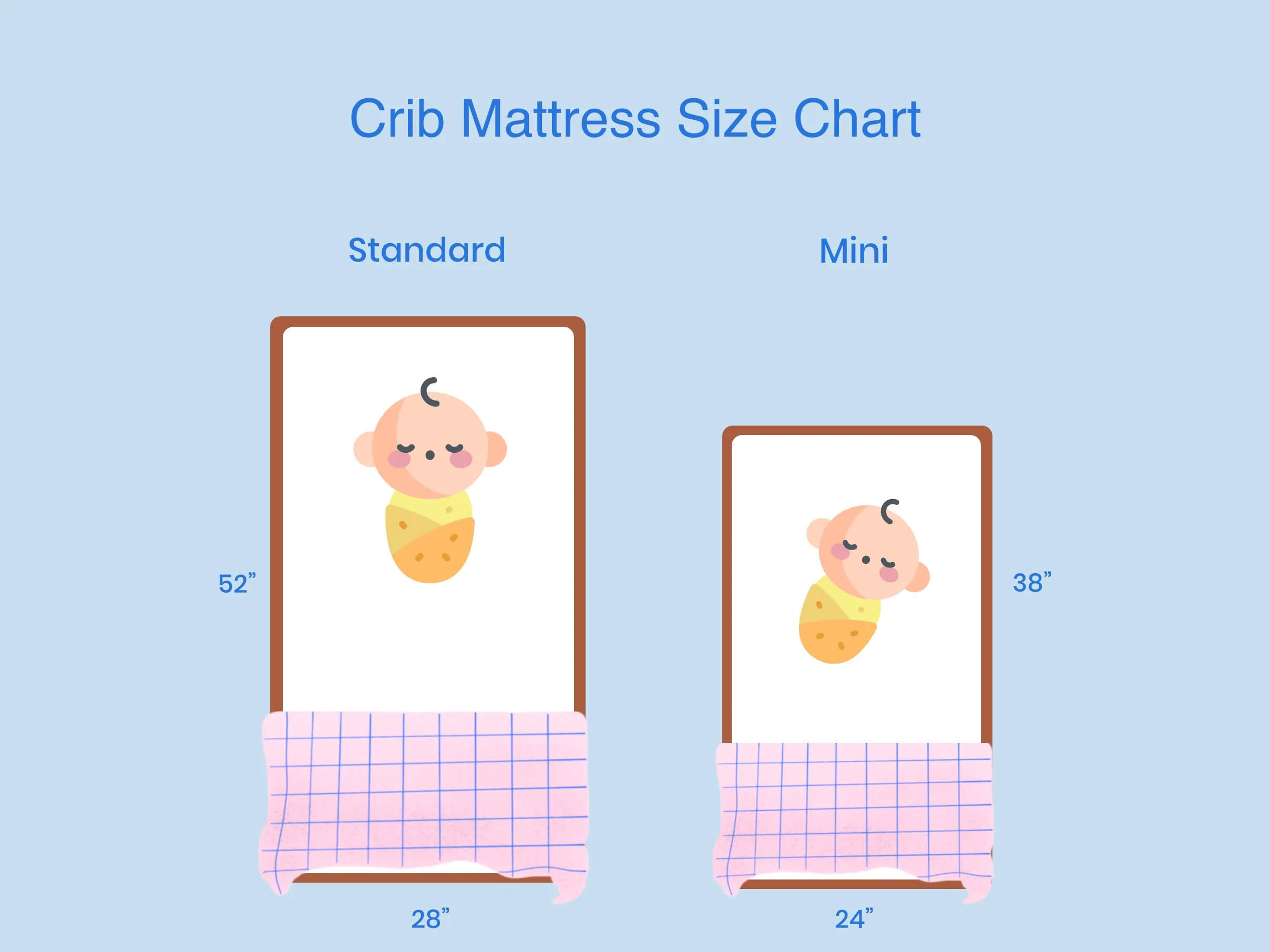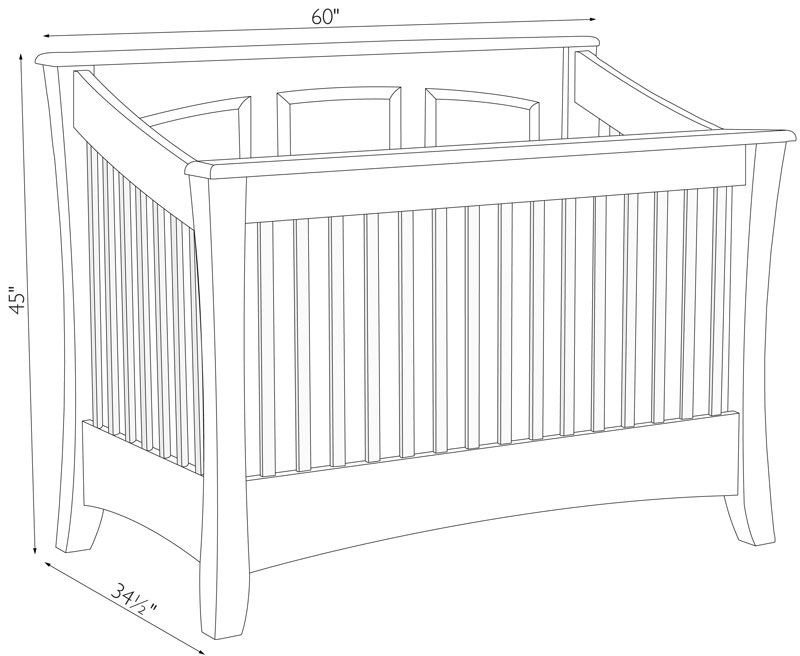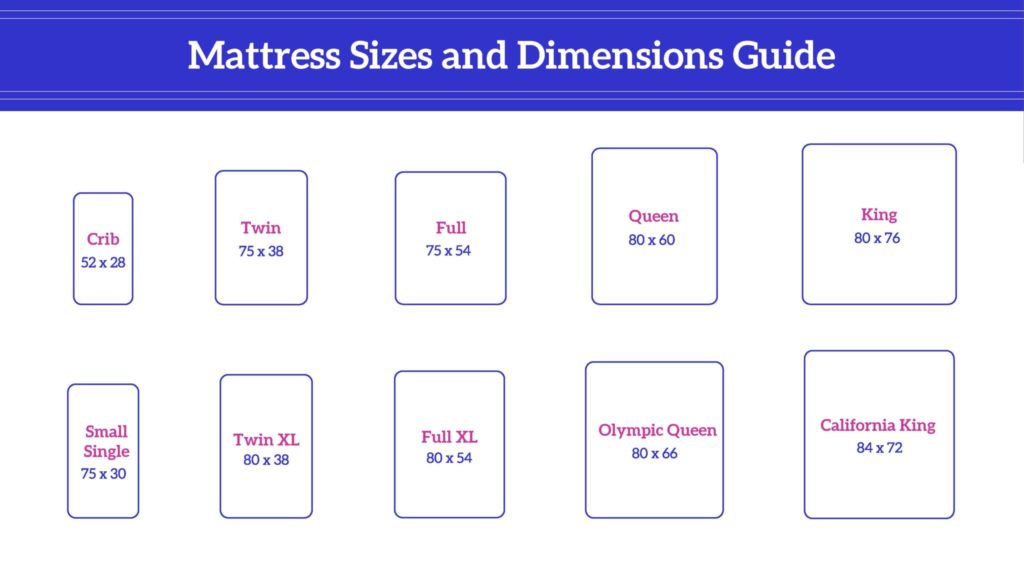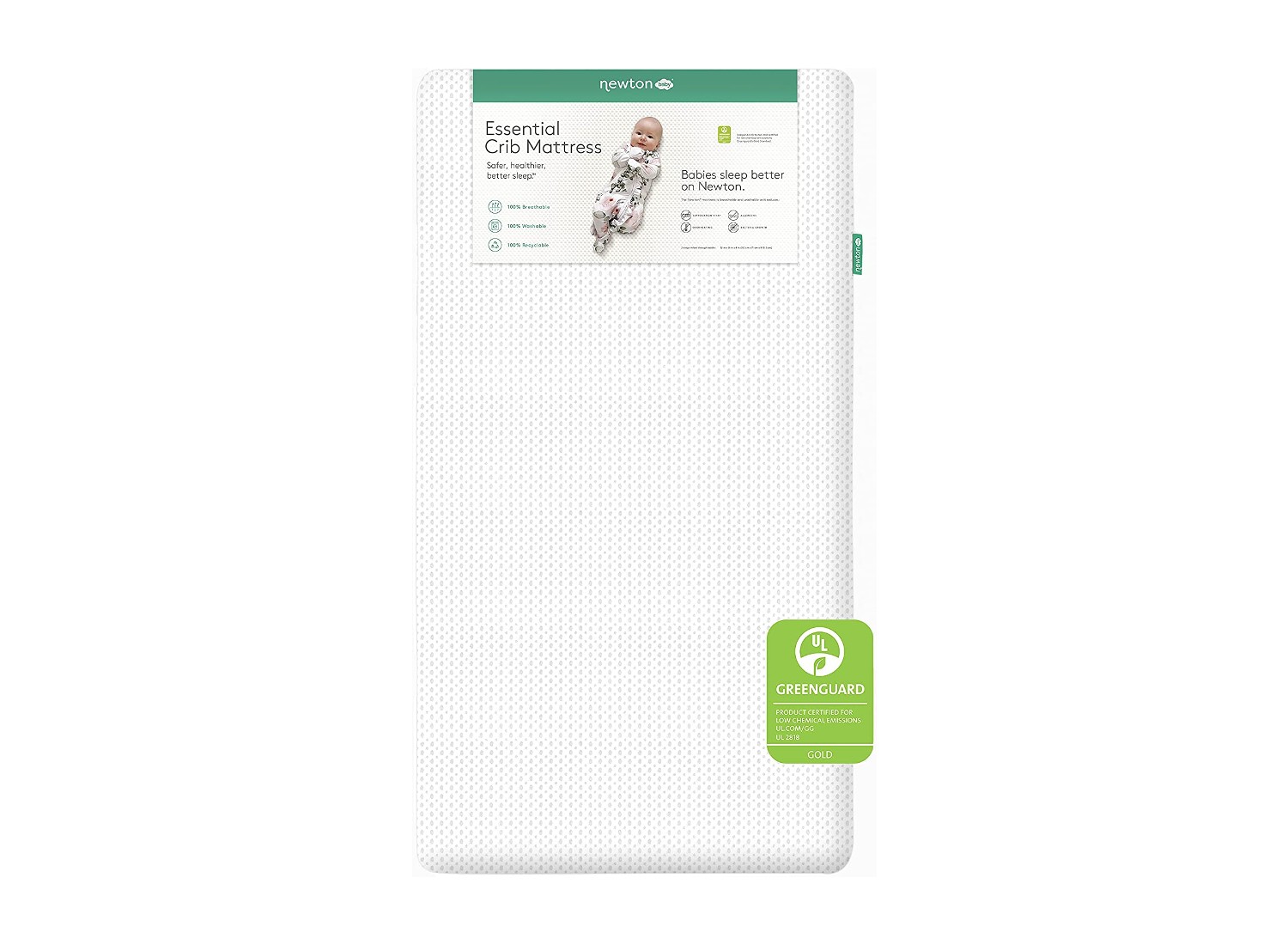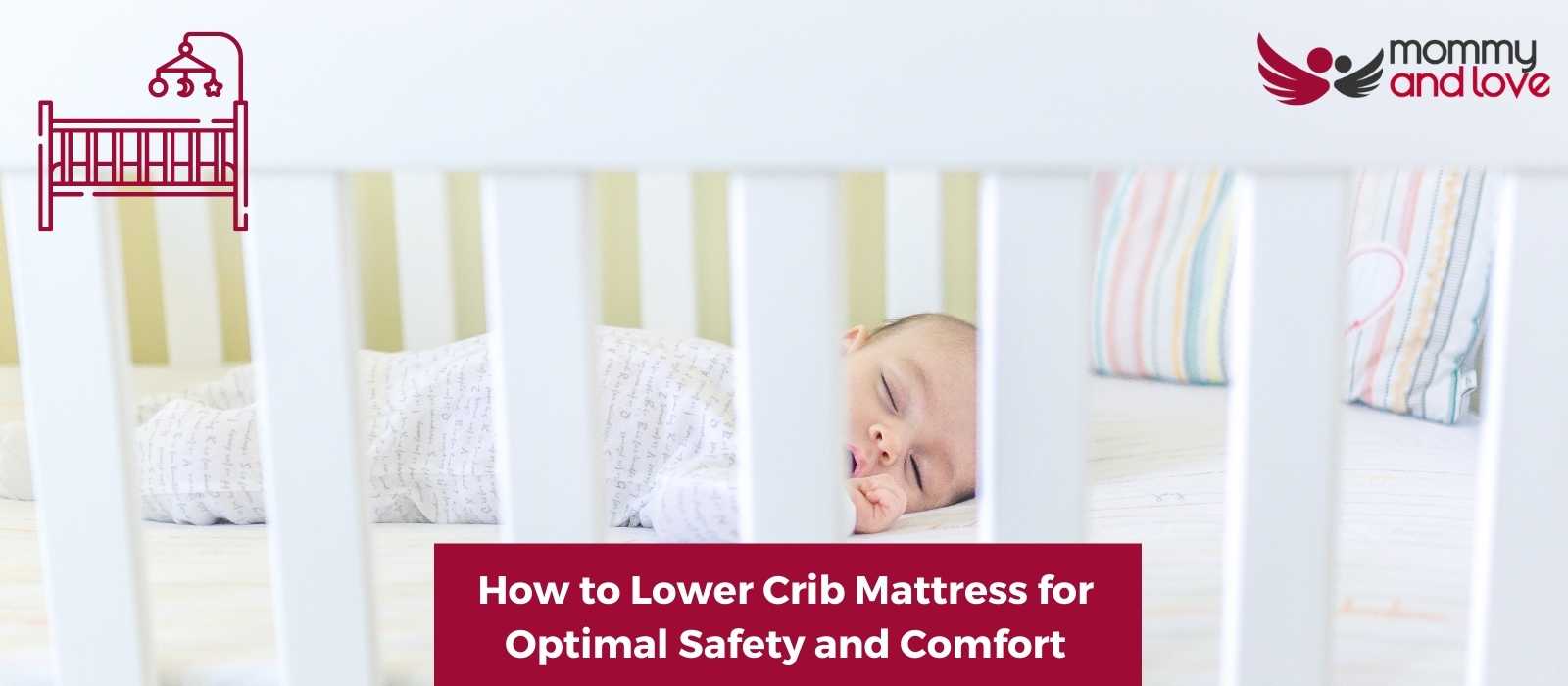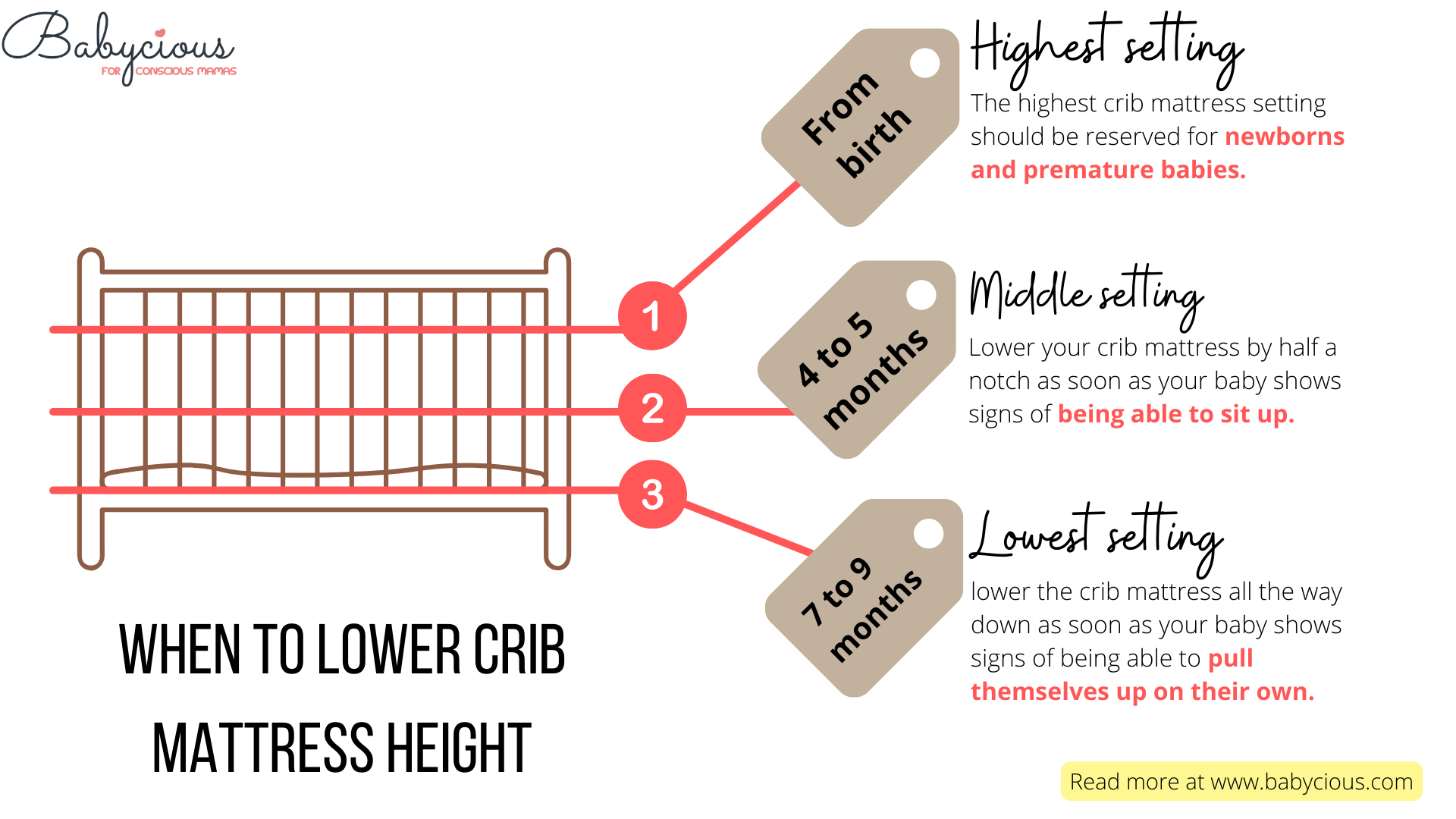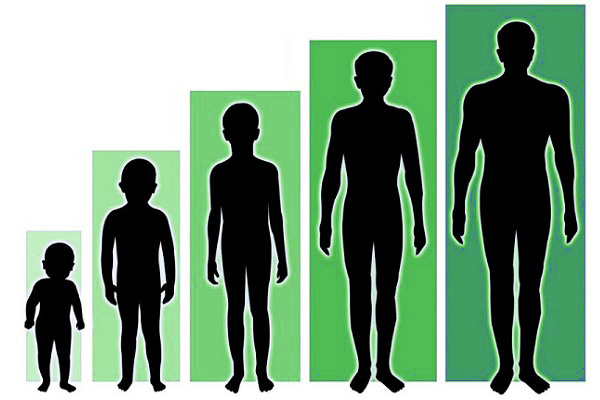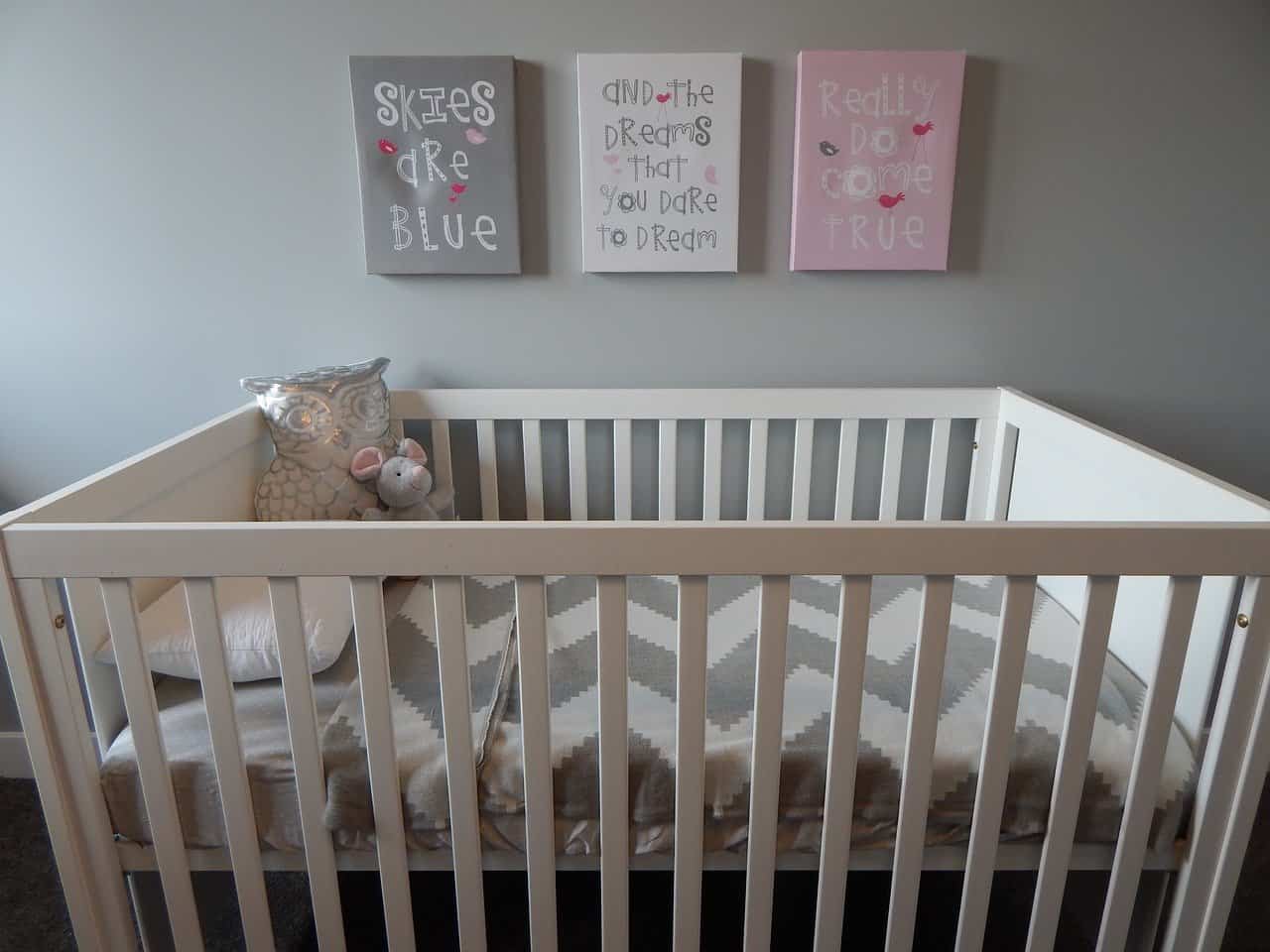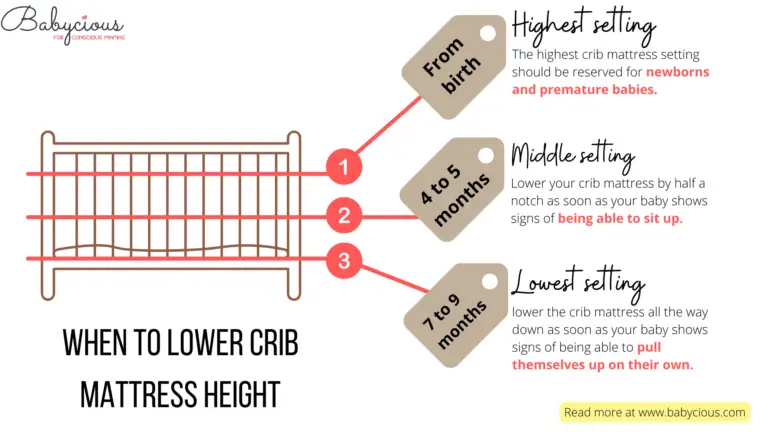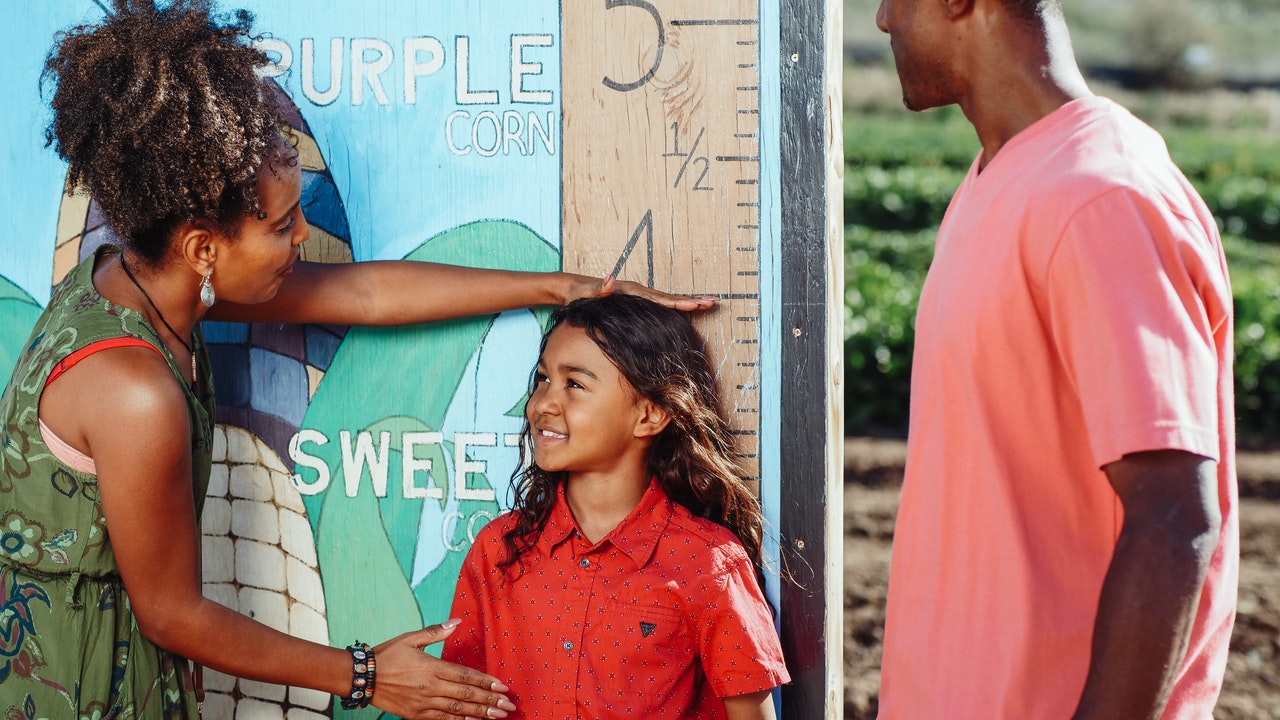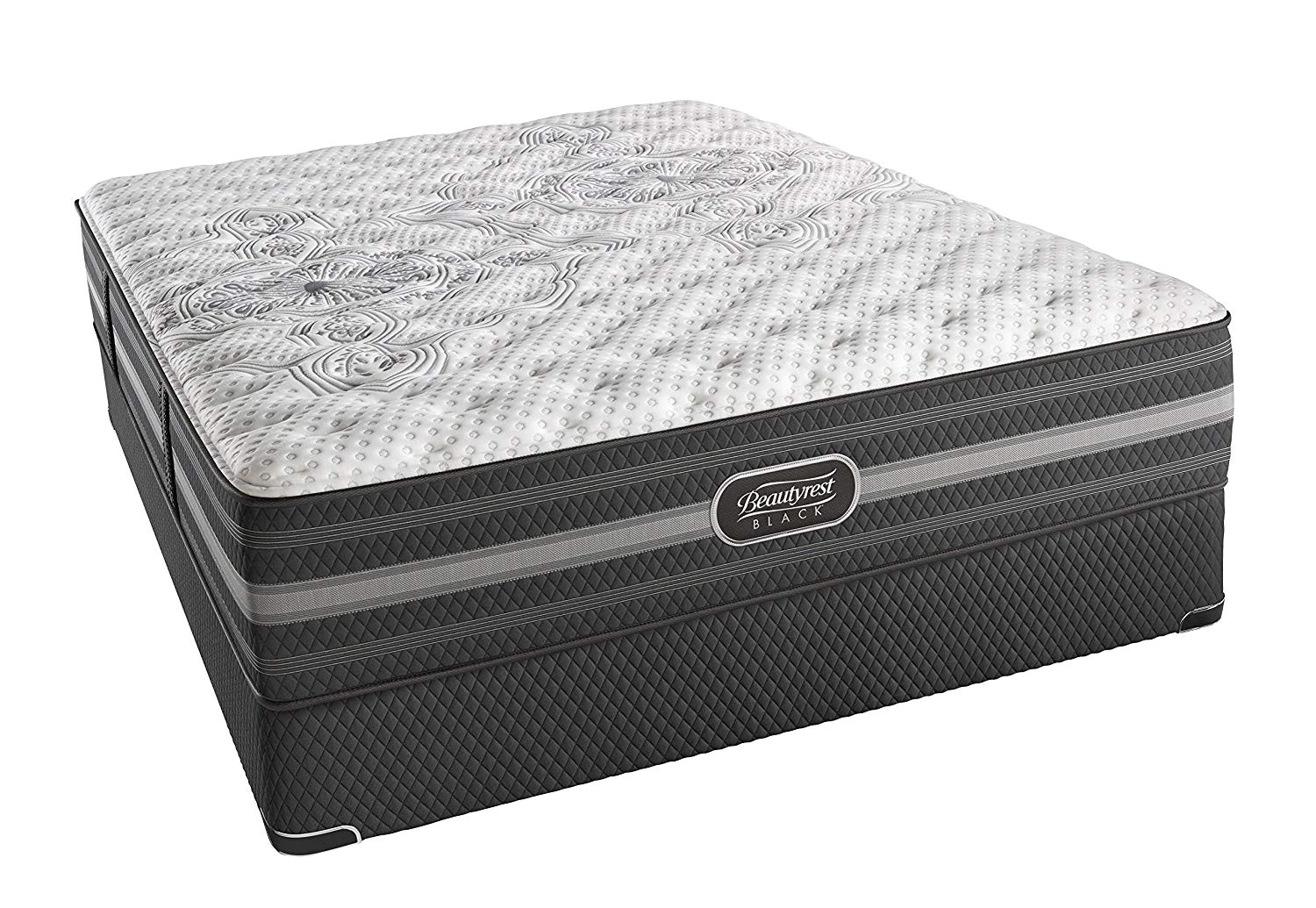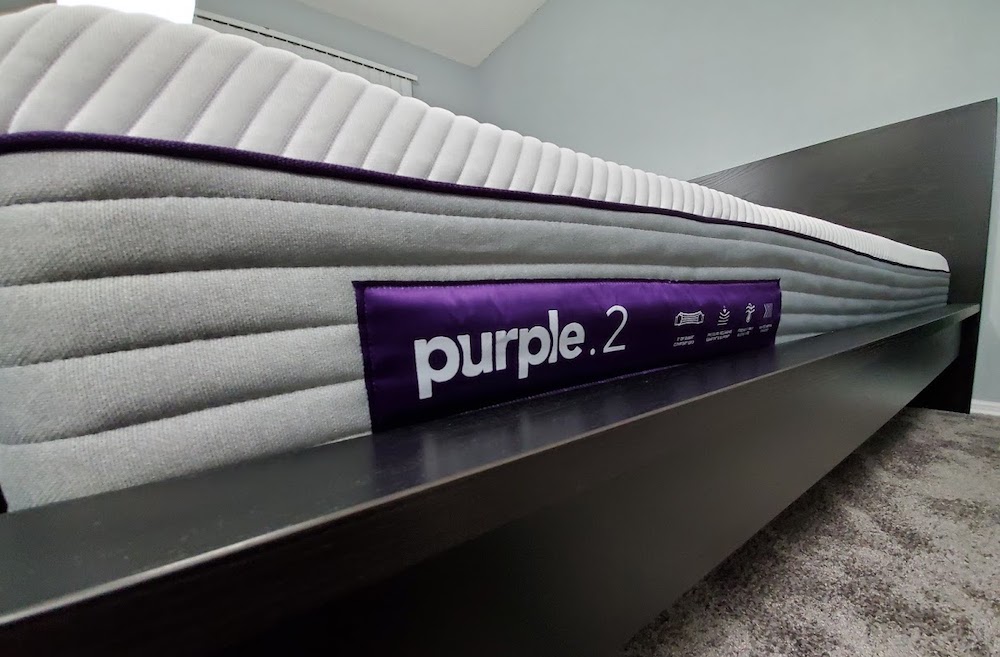Consumer Product Safety Commission (CPSC) Crib Mattress Standards
The Consumer Product Safety Commission (CPSC) is a government agency responsible for ensuring the safety of consumer products, including crib mattresses. The CPSC has set standards for crib mattress height to prevent accidents and injuries to infants and young children.
According to the CPSC, the maximum height for a crib mattress should be no more than 6 inches. This is to ensure that the mattress fits snugly in the crib and prevents the risk of suffocation or entrapment. The CPSC also recommends that the mattress be firm and flat to reduce the risk of Sudden Infant Death Syndrome (SIDS).
American Society for Testing and Materials (ASTM) Crib Mattress Standards
The American Society for Testing and Materials (ASTM) is an international organization that develops and publishes technical standards for a wide range of products, including crib mattresses. The ASTM has set standards for crib mattress height to ensure safety and quality.
According to the ASTM, the recommended thickness for a crib mattress should be between 3 and 6 inches. This is to provide adequate support for the baby while also fitting properly in the crib. The ASTM also requires that crib mattresses undergo rigorous testing to ensure they meet safety and quality standards.
Juvenile Products Manufacturers Association (JPMA) Crib Mattress Standards
The Juvenile Products Manufacturers Association (JPMA) is a trade organization that represents manufacturers of baby and children's products. The JPMA has set standards for crib mattress height to ensure the safety of infants and young children.
The JPMA recommends that the maximum height for a crib mattress should be no more than 5 inches. This is to prevent the risk of suffocation or entrapment, as well as to ensure the mattress fits properly in the crib. The JPMA also requires that crib mattresses meet strict safety and quality standards before being certified.
Federal Crib Mattress Height Regulations
In addition to the standards set by the CPSC, ASTM, and JPMA, there are also federal regulations in place for crib mattress height. These regulations are enforced by the federal government to ensure the safety of infants and young children.
According to federal regulations, the maximum height for a crib mattress should be no more than 6 inches. This is to prevent the risk of suffocation or entrapment and is in line with the standards set by the CPSC. The federal government also requires that crib mattresses meet certain safety and quality standards before being sold in the market.
International Crib Mattress Height Standards
Crib mattress height standards may vary from country to country, but most follow similar guidelines set by organizations such as the CPSC, ASTM, and JPMA. However, some countries may have stricter regulations in place to ensure the safety of infants and young children.
For instance, in the United Kingdom, the maximum height for a crib mattress is 4 inches to prevent the risk of suffocation or entrapment. In Australia, crib mattresses must be at least 4 inches thick to ensure they provide adequate support for the baby. It is important for manufacturers to adhere to these international standards to ensure the safety of their products.
Recommended Crib Mattress Height for Safety
While there are set standards for crib mattress height, it is important to also consider the recommended height for safety. This is especially important for new parents who may not be aware of the risks associated with using a crib mattress that does not meet safety standards.
The recommended crib mattress height for safety is between 3 and 6 inches. This ensures that the mattress fits properly in the crib and reduces the risk of suffocation or entrapment. It is important to always check the height of a crib mattress before purchasing to ensure it meets safety standards.
Standard Crib Mattress Dimensions
In addition to height, crib mattress dimensions also play a crucial role in ensuring the safety and comfort of infants and young children. The standard dimensions for a crib mattress are 28 inches wide by 52 inches long. This ensures that the mattress fits snugly in most standard size cribs and provides enough space for the baby to move around.
It is important for parents to make sure that the crib mattress they choose fits properly in their crib. A mattress that is too small or too big can increase the risk of injury or suffocation. It is also important to regularly check the dimensions of the mattress as it may shrink or expand over time.
Maximum Crib Mattress Height for Safety
The maximum crib mattress height for safety is 6 inches, as recommended by the CPSC, ASTM, and federal regulations. This ensures that the mattress fits properly in the crib and reduces the risk of suffocation or entrapment. Going above this recommended height can pose serious safety hazards for infants and young children.
Parents should also be cautious of using additional padding or accessories on top of the crib mattress, as this can increase the height and pose a risk to the baby. It is important to always follow the recommended height guidelines for the safety of your child.
Minimum Crib Mattress Height for Safety
While there is a recommended maximum height for crib mattresses, there is no specific minimum height requirement. However, it is generally recommended to choose a mattress that is at least 3 inches thick for the safety and comfort of the baby.
A mattress that is too thin can increase the risk of suffocation or provide inadequate support for the baby. It is important to also consider the firmness of the mattress, as a soft mattress can also pose safety hazards. It is always best to follow the recommended crib mattress height for safety and consult with a pediatrician for further guidance.
Factors Affecting Crib Mattress Height Standards
There are several factors that can affect crib mattress height standards, including safety concerns, comfort, and practicality. Safety is the primary concern when it comes to setting standards for crib mattress height, as it is crucial to prevent accidents and injuries to infants and young children.
However, comfort and practicality also play a role in determining the recommended height for a crib mattress. A mattress that is too high or too low can make it difficult for parents to reach in and pick up their baby, or for the baby to climb out of the crib as they get older. It is important for manufacturers to consider all of these factors when designing and producing crib mattresses.
In conclusion, crib mattress height standards are in place to ensure the safety and well-being of infants and young children. It is important for parents to be aware of these standards and choose a mattress that meets them to provide a safe and comfortable sleeping environment for their child. Always consult with a pediatrician or follow the manufacturer's guidelines for further information on crib mattress height standards.
The Importance of Crib Mattress Height Standards in Ensuring a Safe and Comfortable Nursery

Why Proper Crib Mattress Height Matters
 When designing a nursery, there are a lot of factors to consider - from the color scheme to the furniture layout. However, one aspect that should not be overlooked is the
crib mattress height
. This may seem like a small detail, but it plays a crucial role in your baby's safety and comfort. In fact, there are
standards
set by the Consumer Product Safety Commission (CPSC) that manufacturers must follow when designing cribs to ensure the
safety
of
infants
.
When designing a nursery, there are a lot of factors to consider - from the color scheme to the furniture layout. However, one aspect that should not be overlooked is the
crib mattress height
. This may seem like a small detail, but it plays a crucial role in your baby's safety and comfort. In fact, there are
standards
set by the Consumer Product Safety Commission (CPSC) that manufacturers must follow when designing cribs to ensure the
safety
of
infants
.
The Importance of Meeting Crib Mattress Height Standards
 Crib mattress height standards are in place to prevent accidents and injuries to babies. The CPSC requires that the
top of the crib rail
must be at least
26 inches
from the top of the
mattress
when it is in its
lowest position
. This ensures that when a baby starts to
roll over
or
stand up
, they are not able to
climb
out of the crib and potentially
fall
and get
hurt
. Additionally, having the mattress at the correct height can also prevent
entrapment
between the
mattress and the crib frame
, which can lead to
suffocation
or
strangulation
.
Crib mattress height standards are in place to prevent accidents and injuries to babies. The CPSC requires that the
top of the crib rail
must be at least
26 inches
from the top of the
mattress
when it is in its
lowest position
. This ensures that when a baby starts to
roll over
or
stand up
, they are not able to
climb
out of the crib and potentially
fall
and get
hurt
. Additionally, having the mattress at the correct height can also prevent
entrapment
between the
mattress and the crib frame
, which can lead to
suffocation
or
strangulation
.
The Right Height for Comfort and Convenience
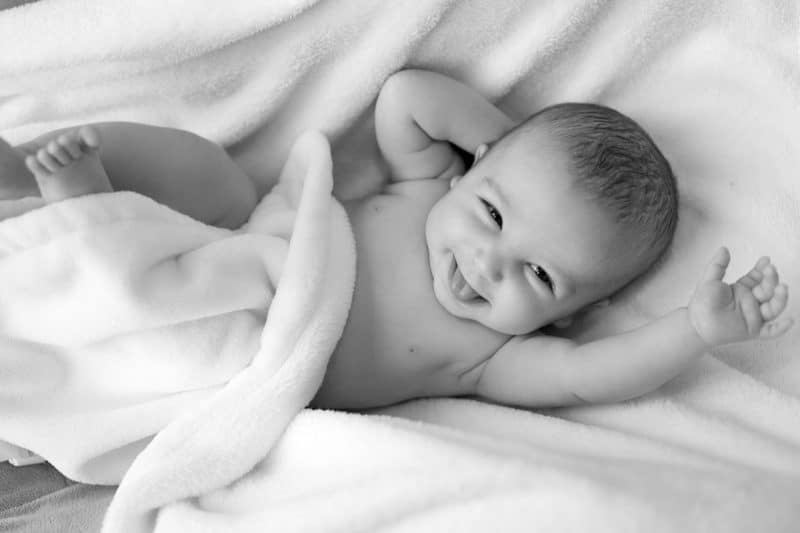 Aside from safety concerns, crib mattress height also impacts the
comfort
and
convenience
of caring for your baby. When the mattress is at the correct height, it makes it easier for parents to
pick up and put down
their baby without straining their back. This is especially important for mothers who have just given birth and may still be recovering. Moreover, as your baby grows, you can
lower the mattress
to keep them from
climbing out
and to make it easier for them to
stand up
and
get out of bed
when they are ready.
Aside from safety concerns, crib mattress height also impacts the
comfort
and
convenience
of caring for your baby. When the mattress is at the correct height, it makes it easier for parents to
pick up and put down
their baby without straining their back. This is especially important for mothers who have just given birth and may still be recovering. Moreover, as your baby grows, you can
lower the mattress
to keep them from
climbing out
and to make it easier for them to
stand up
and
get out of bed
when they are ready.
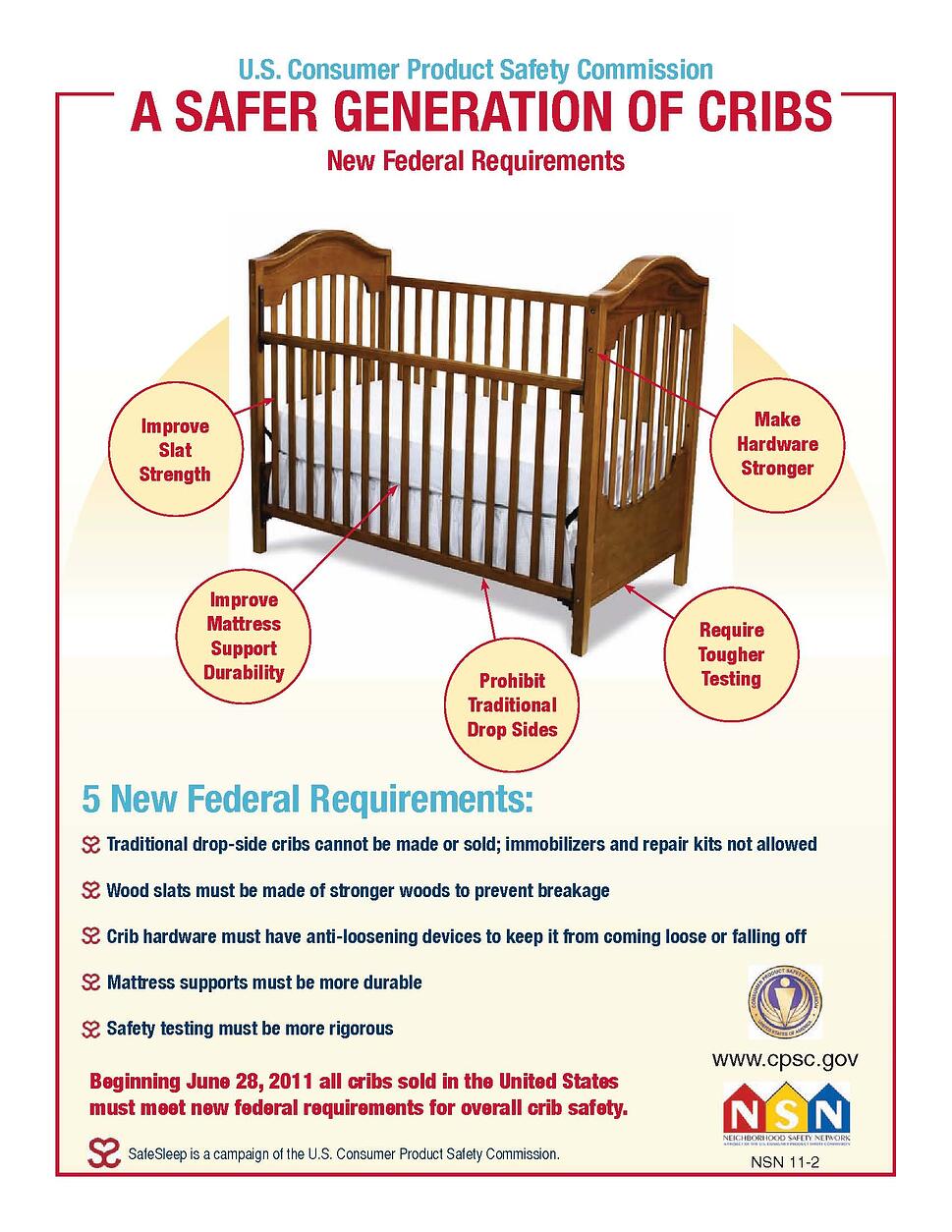




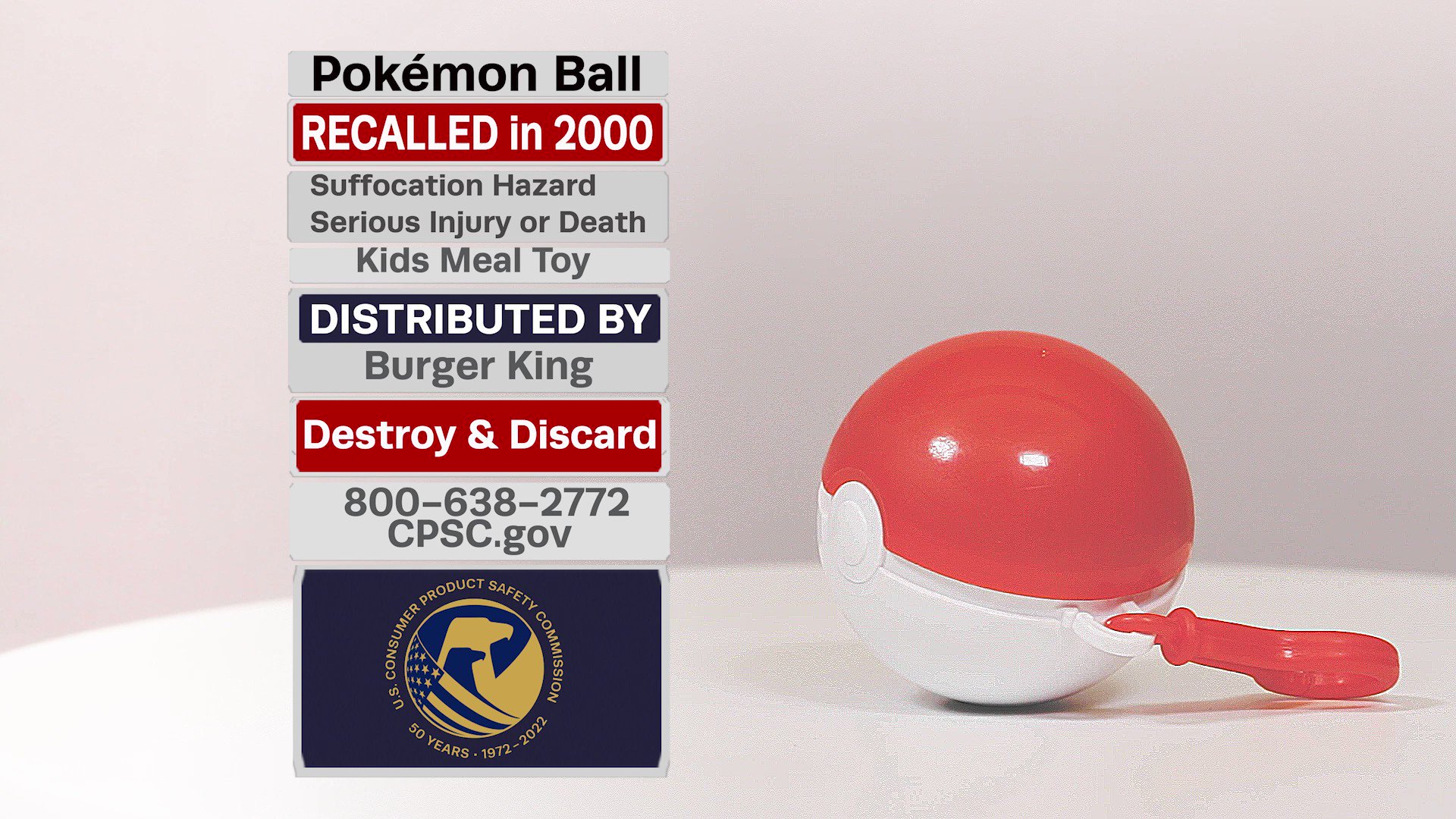
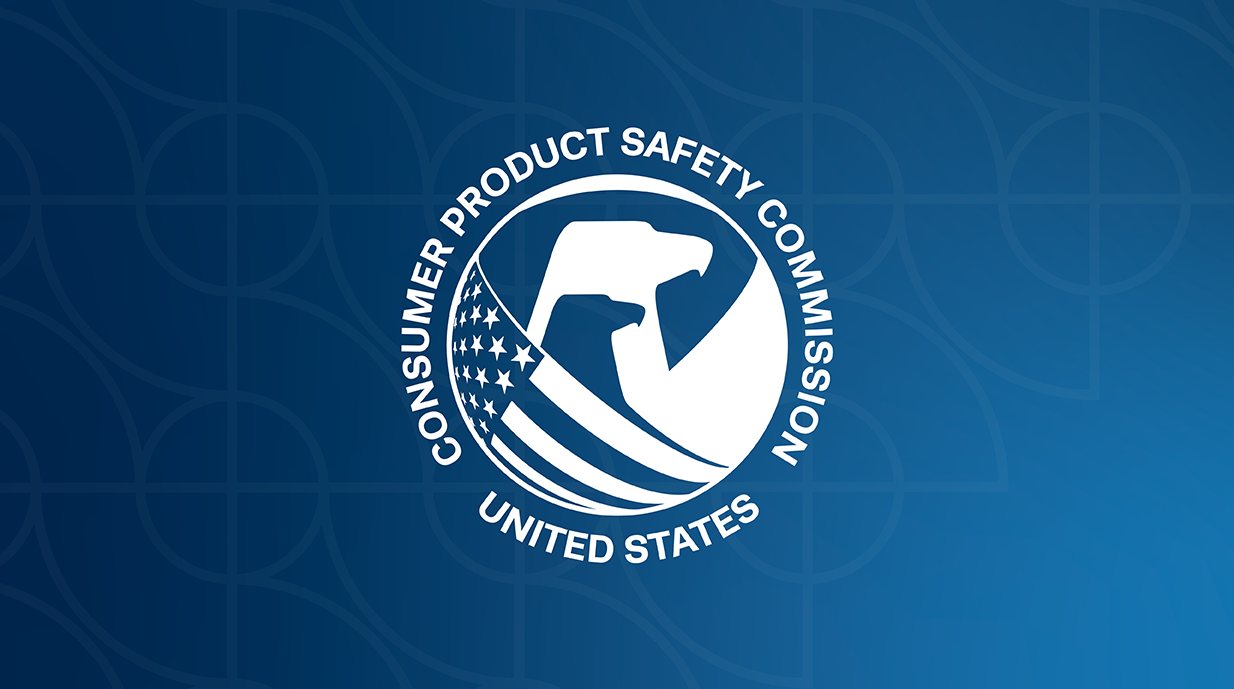
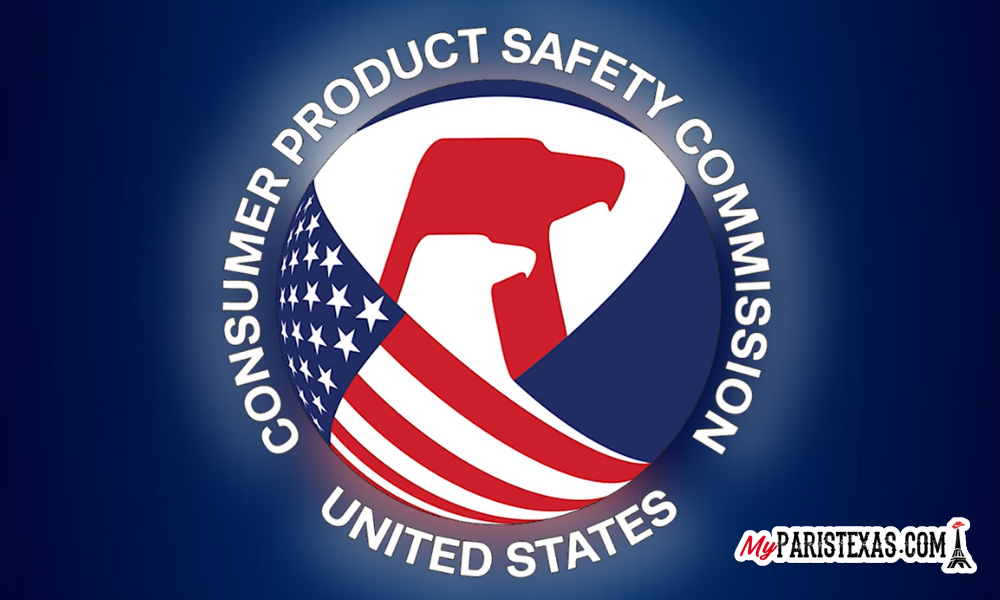






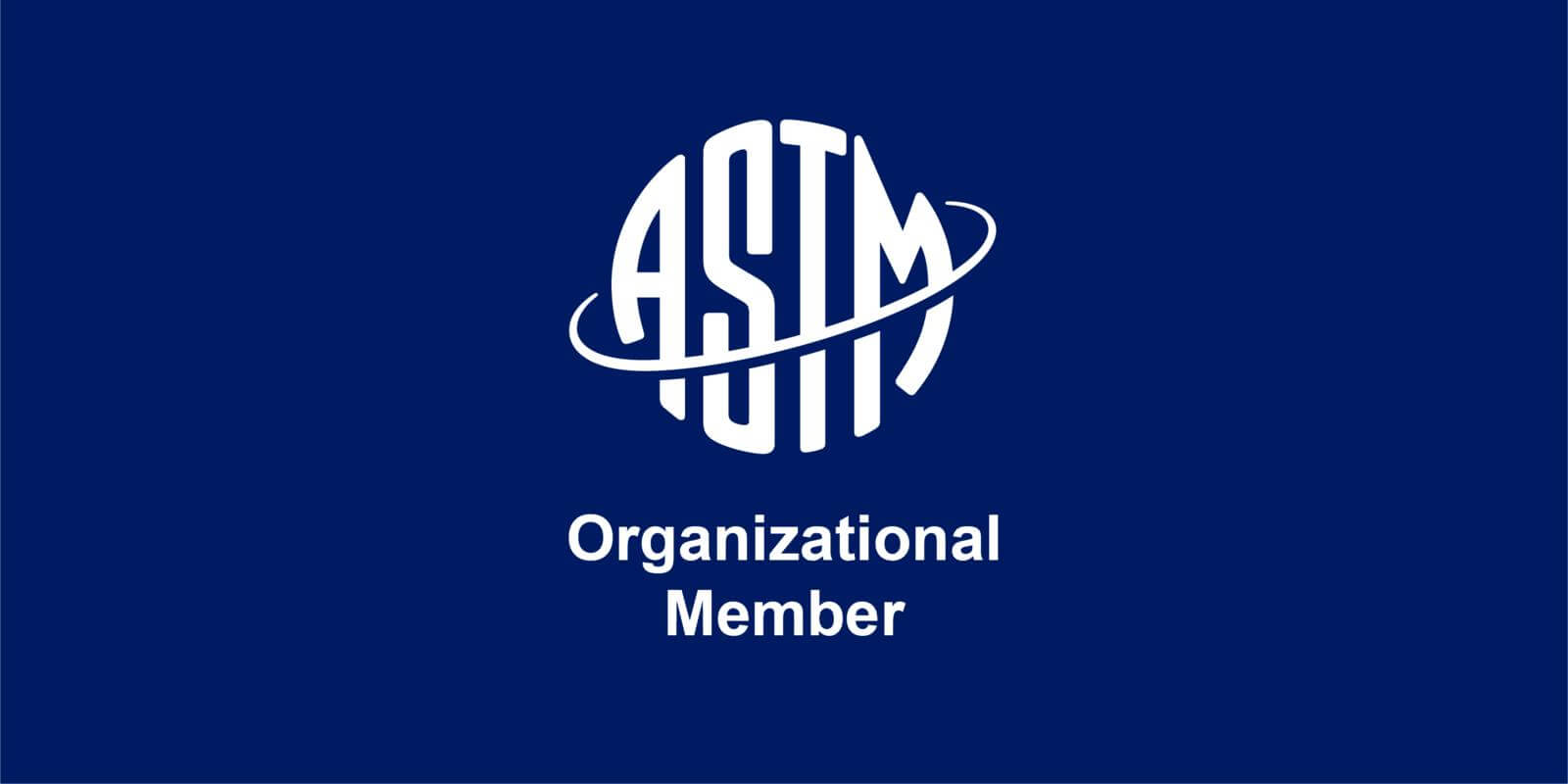




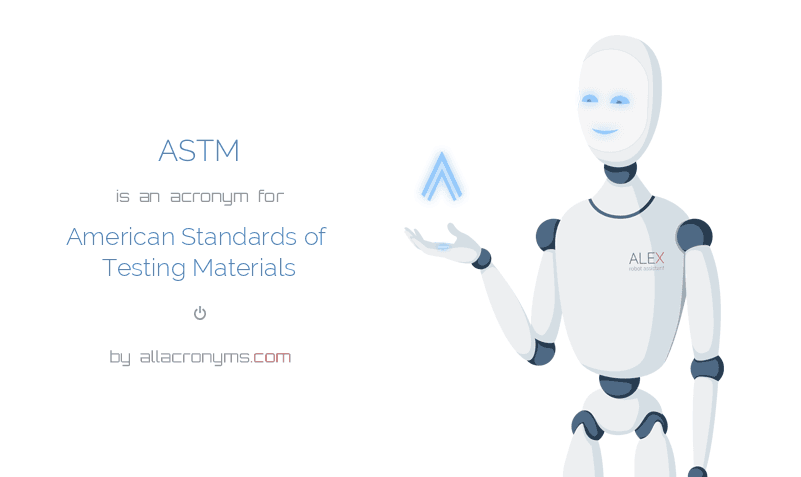





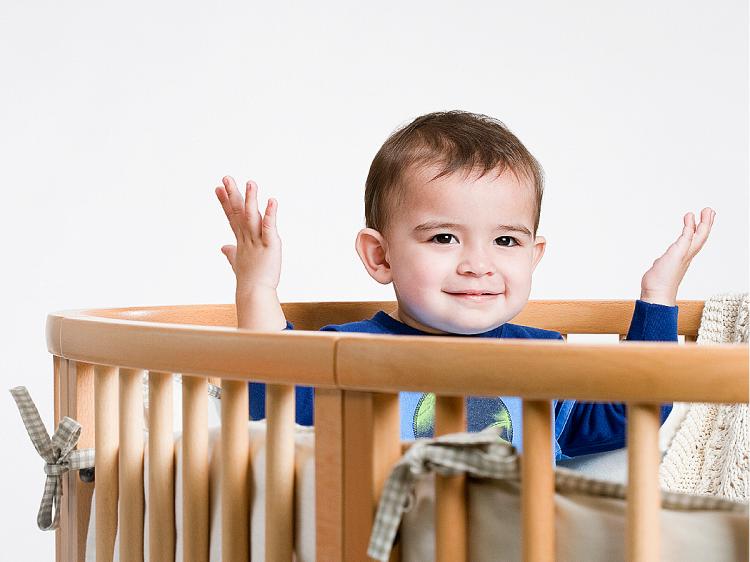









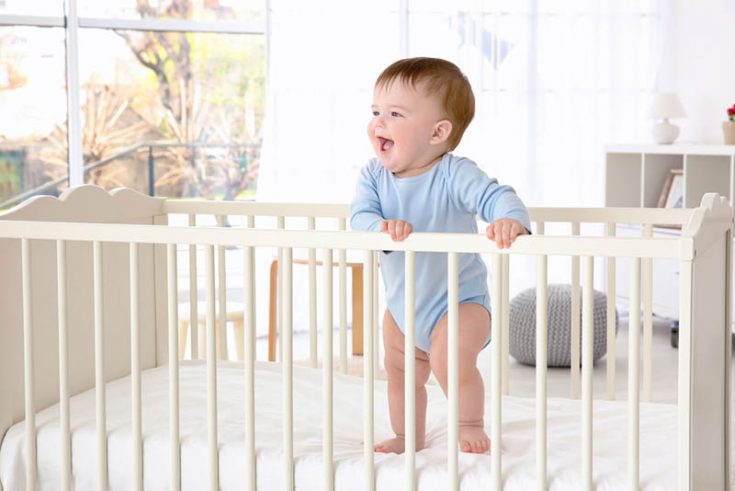
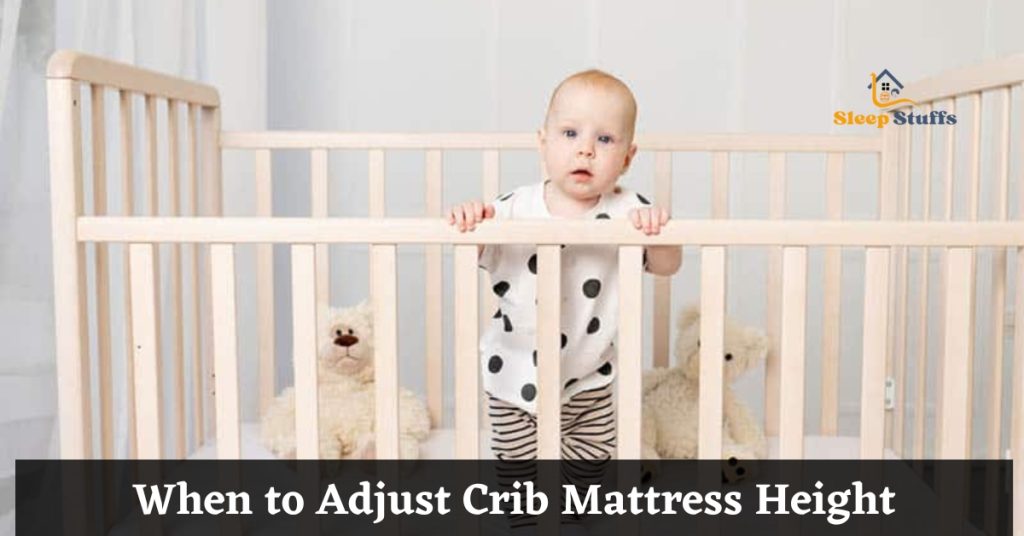


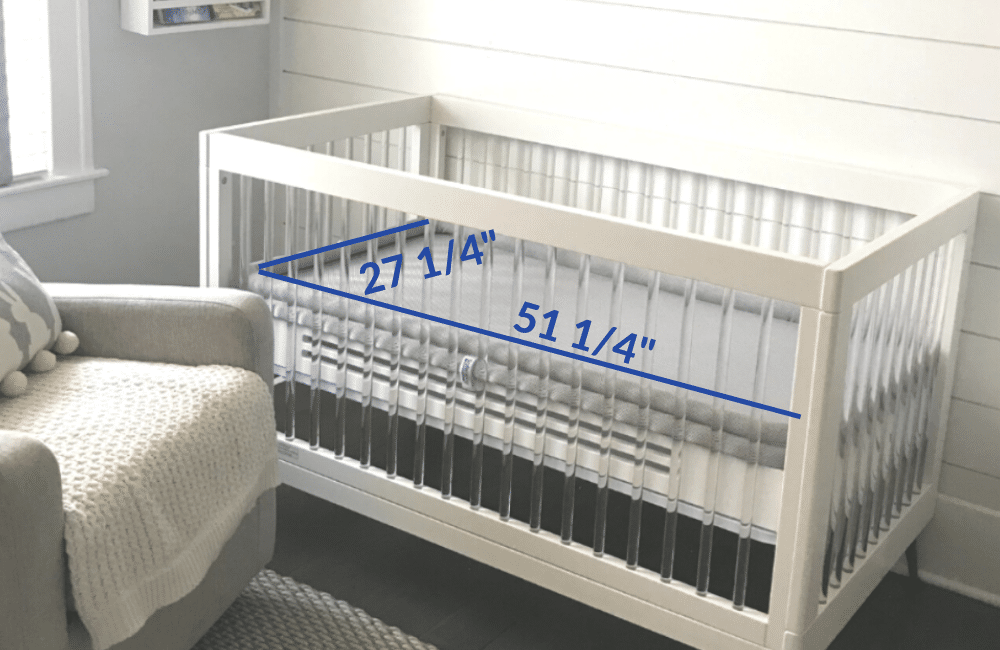



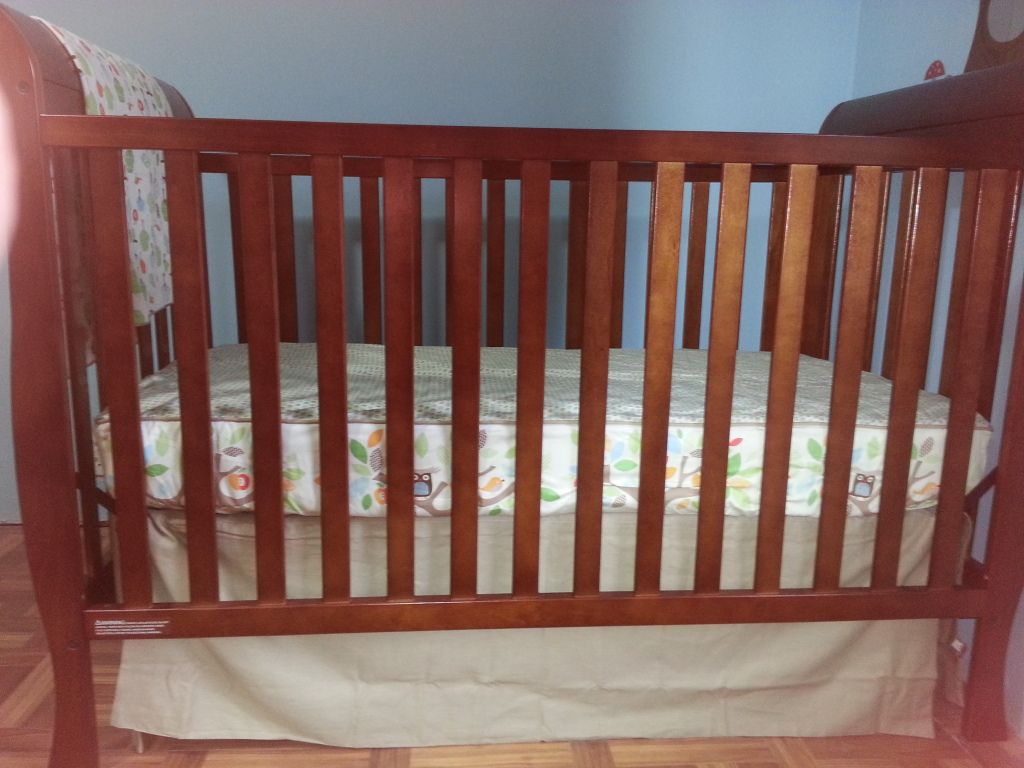









:max_bytes(150000):strip_icc()/284559-article-a-guide-to-the-standard-crib-mattress-size-5ac50d3ac5542e0037d552d1.png)

